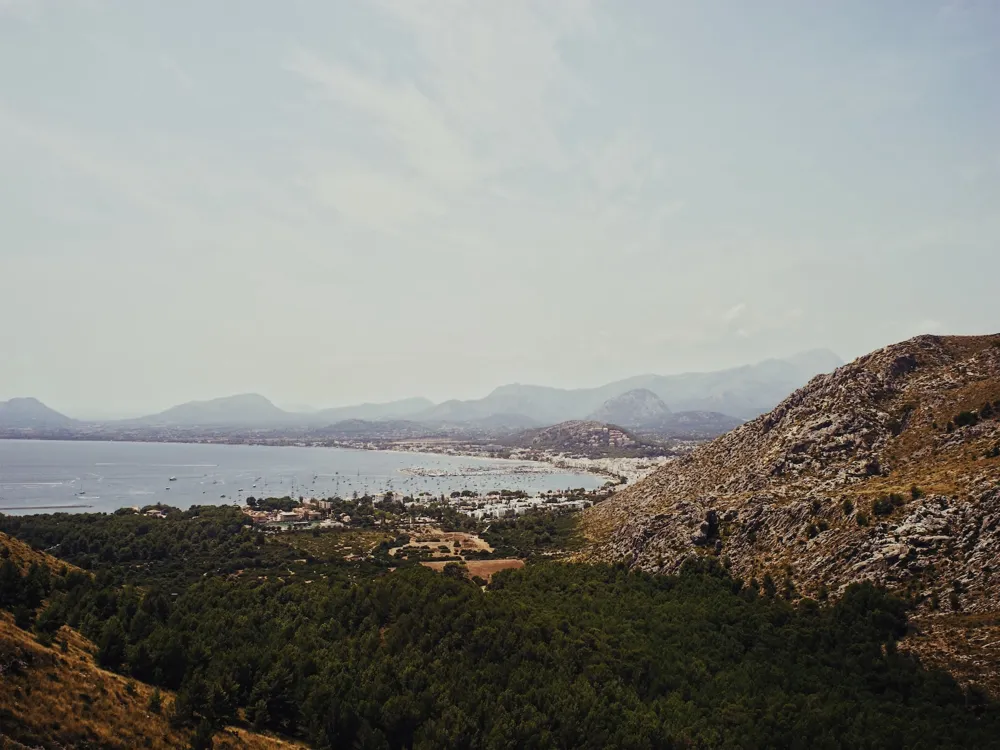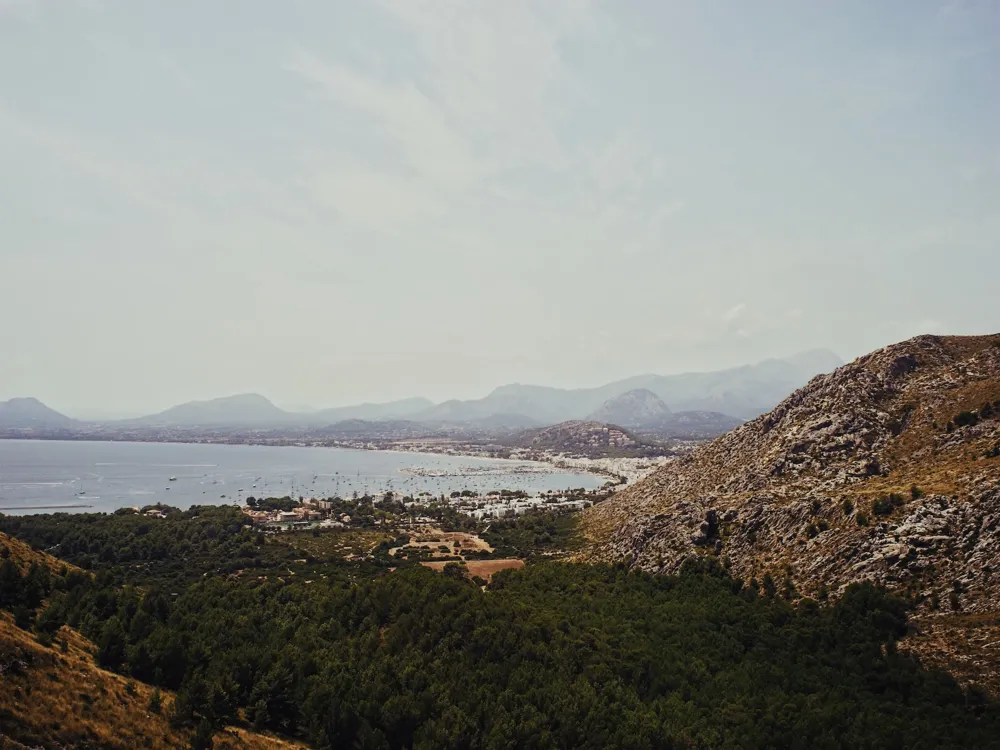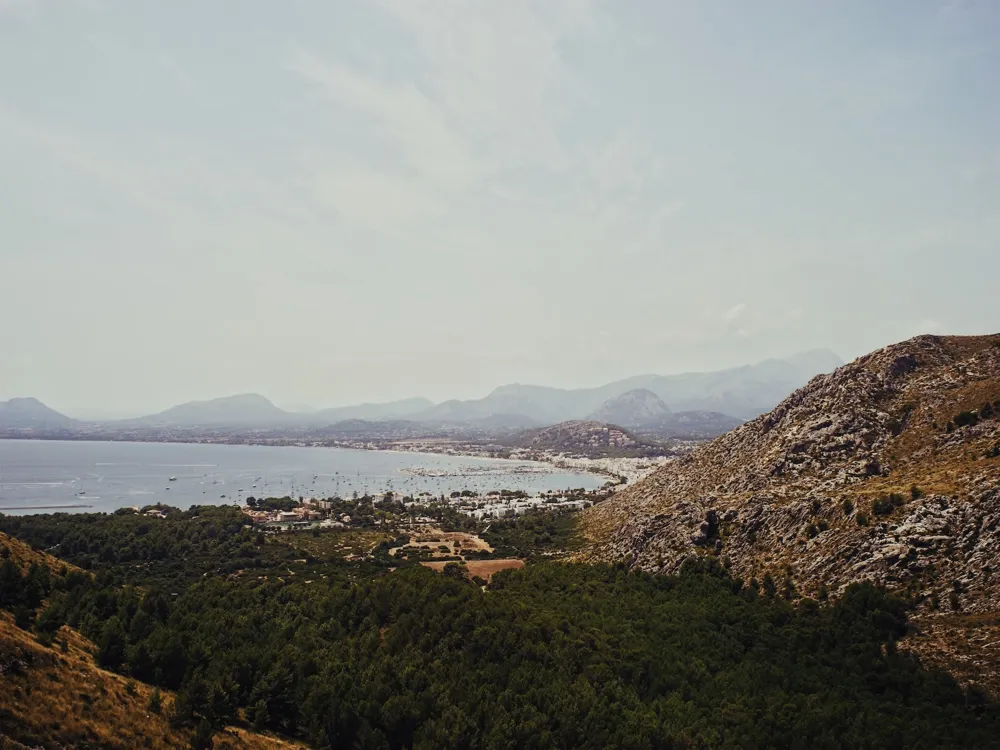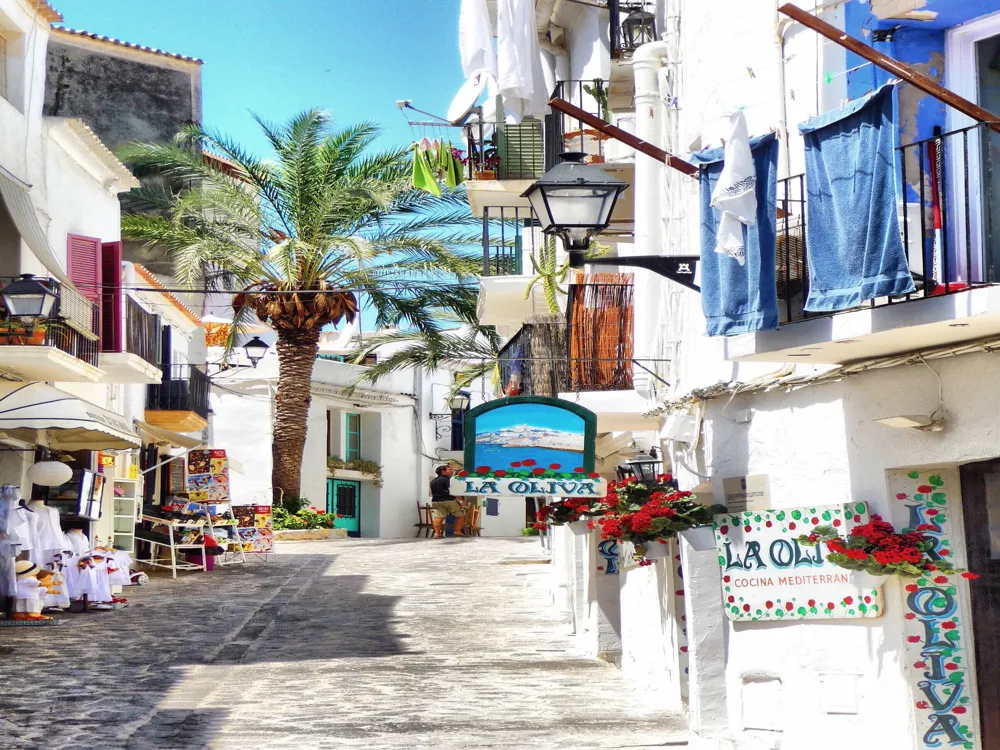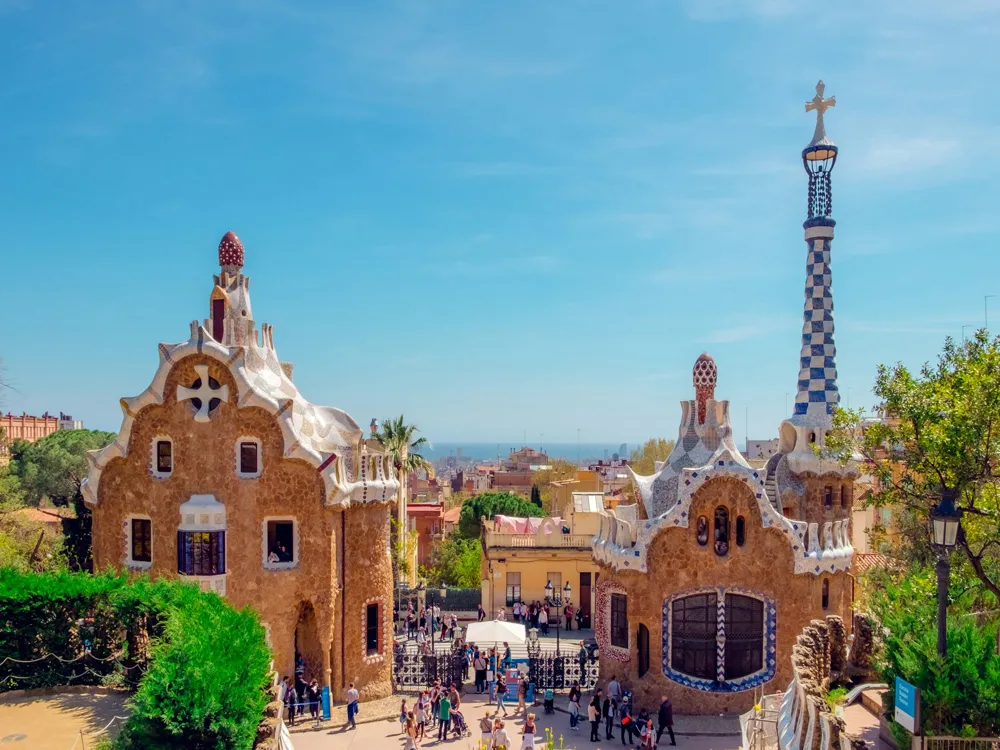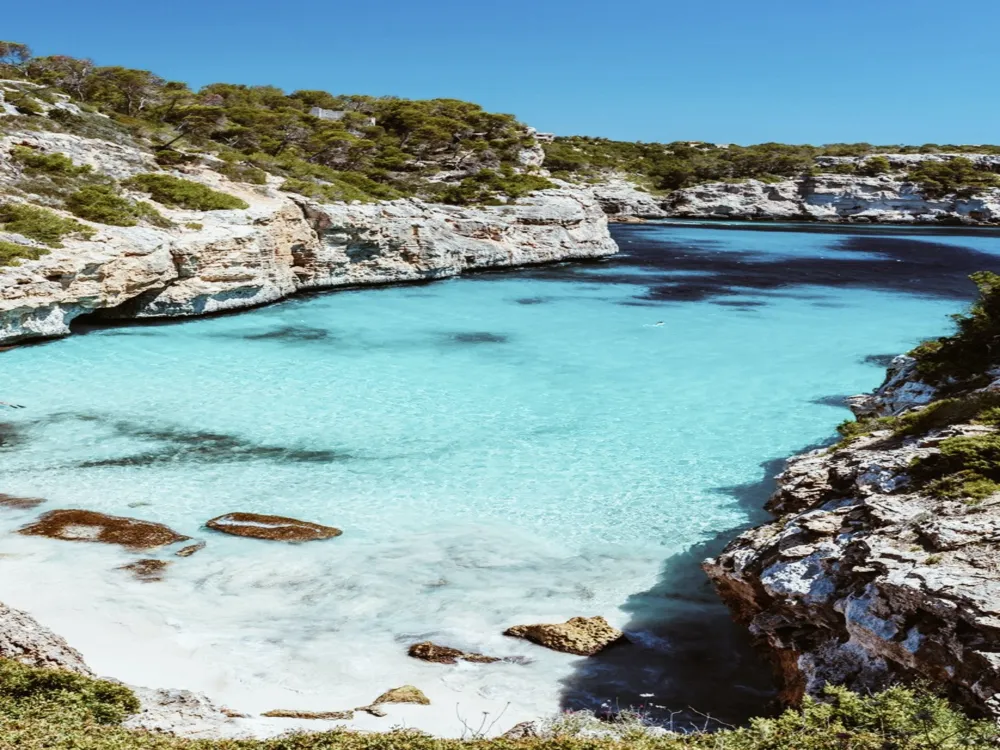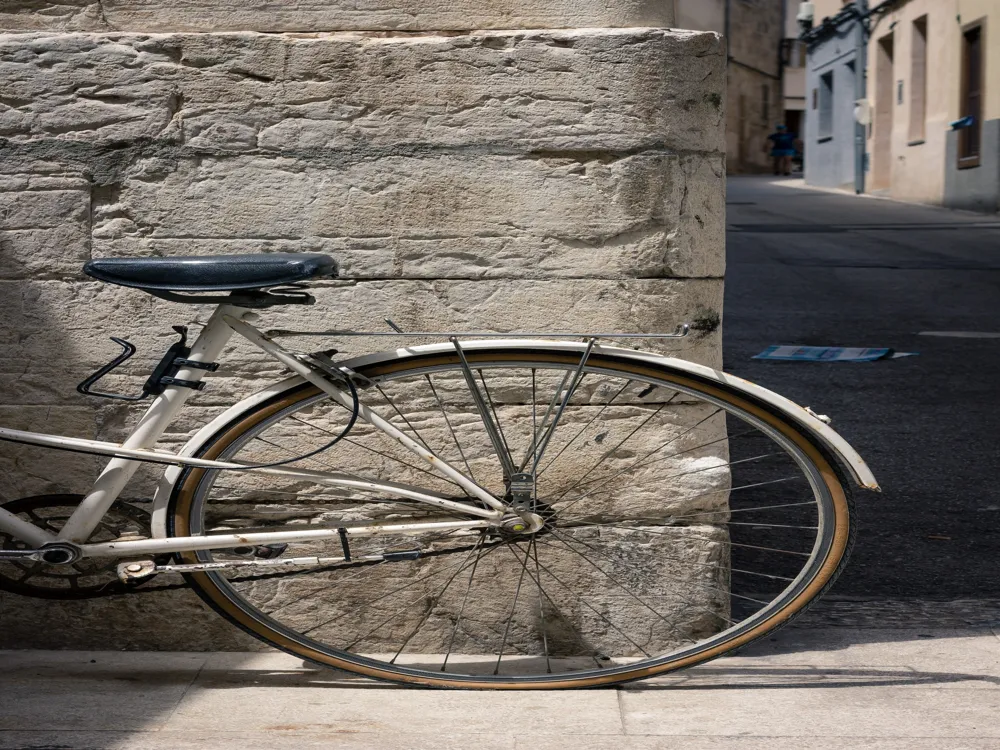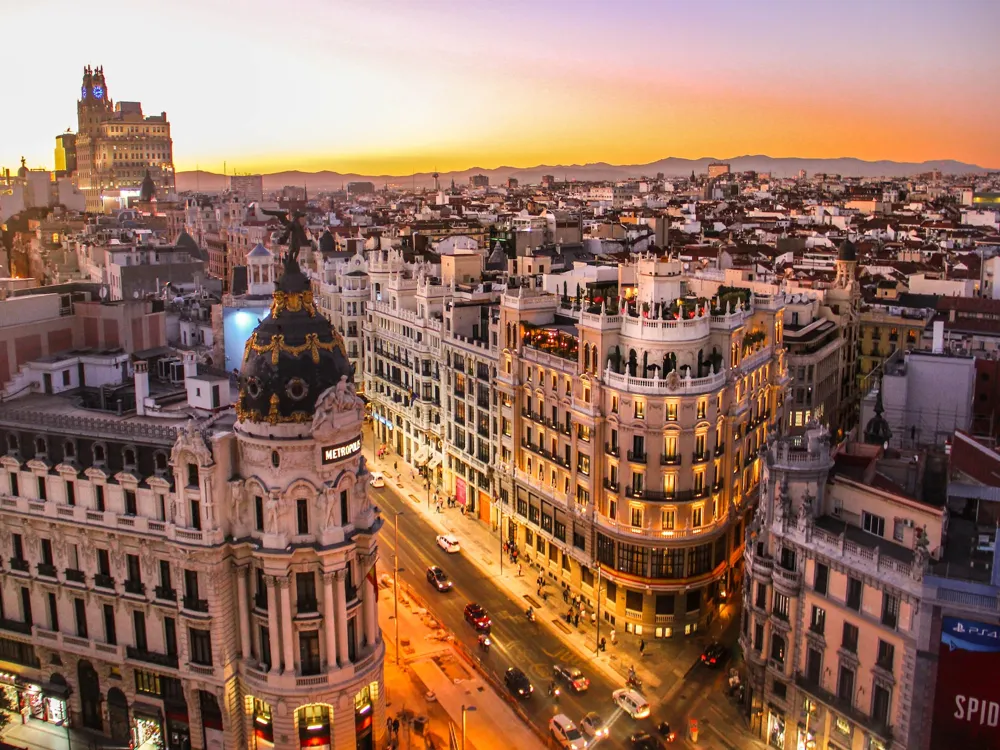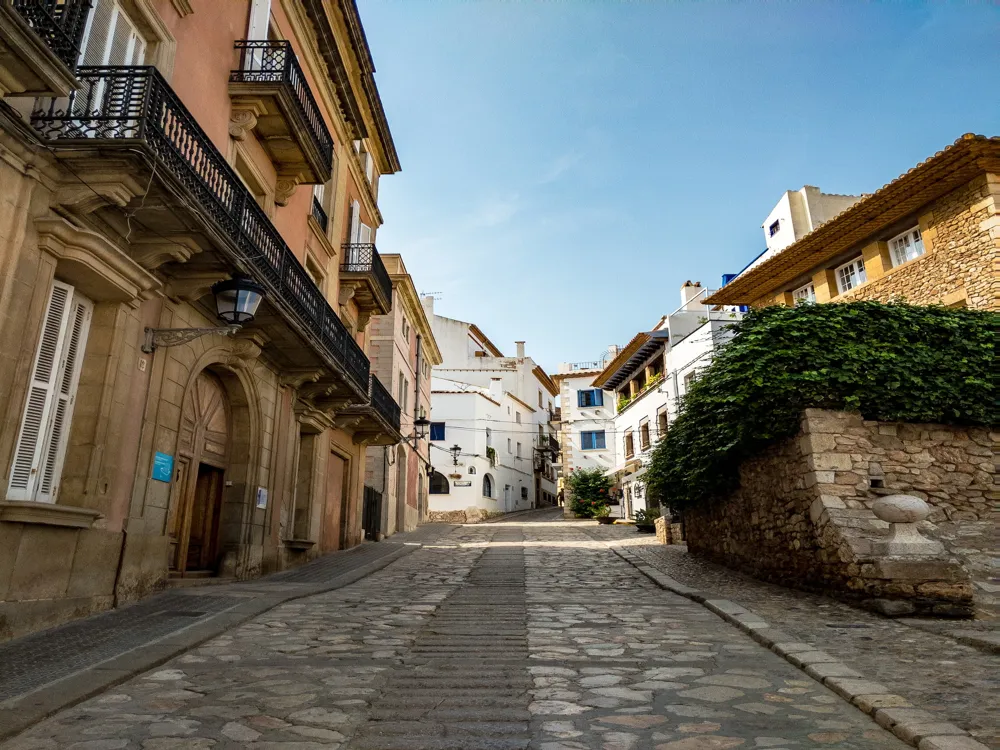Welcome to Palma de Mallorca, Majorca the stunning capital city of the Balearic Islands, located in the Mediterranean Sea. Known for its rich history, vibrant culture, and breathtaking landscapes, Palma de Mallorca is a top destination for travelers seeking a blend of urban and seaside experiences. In this comprehensive guide, we'll take you through the captivating allure of Palma de Mallorca, exploring its history, culture, and the myriad attractions that make it a must-visit location. The city's history dates back to the Roman period, evolving through various eras including the Byzantine, Moorish, and eventually the Spanish rule. This rich historical tapestry is evident in the city's diverse architecture, cuisine, and cultural practices. Palma's old town, with its narrow, winding streets, is a testament to its medieval past, offering a journey back in time as you explore. Not just a historical gem, Palma de Mallorca is also a hub for contemporary arts, gastronomy, and nightlife. The city's beaches and marinas are a paradise for sunseekers and sailing enthusiasts, while the Serra de Tramuntana mountain range provides a playground for hikers and nature lovers. Whether you're here to delve into history, enjoy the vibrant city life, or relax by the sea, Palma de Mallorca promises an unforgettable experience. The Cathedral of Santa Maria of Palma, often called La Seu, is a Gothic architectural masterpiece, dominating the city's skyline. Bellver Castle, another iconic landmark, offers panoramic views of the city and the sea. The Arab Baths, remnants of the Moorish period, provide a glimpse into the island's Islamic heritage. These sites, along with numerous museums, galleries, and ancient buildings, offer insights into Palma's rich and diverse history. Palma de Mallorca's calendar is dotted with colorful festivals, reflecting its multicultural heritage. The Night of Fire, Sant Joan, and the Feast of Saint Sebastian are just a few of the celebrations that fill the city with music, dance, and fireworks. The local cuisine, a delightful blend of Mediterranean and Spanish flavors, is a gastronomic adventure. Be sure to try local specialties like ensaimada, a sweet pastry, and sobrassada, a local sausage. The city's natural landscapes are just as captivating as its urban attractions. The nearby beaches of Cala Major, Illetas, and Playa de Palma are perfect for swimming, sunbathing, and water sports. The Serra de Tramuntana, a UNESCO World Heritage Site, offers hiking trails through picturesque villages and stunning mountain scenery. Palma's marinas are bustling with yachts and provide opportunities for sailing and sea excursions. Palma de Mallorca's architecture is a visual feast, reflecting its layered history and the various cultures that have influenced the city. From Gothic cathedrals to modernist buildings, the city's architectural landscape is diverse and fascinating. The Gothic style is prominently displayed in the Cathedral of Santa Maria, a symbol of Palma's skyline. This majestic cathedral, begun in the 13th century, showcases the evolution of Gothic architecture with elements of Renaissance and Baroque styles added over the centuries. The intricate stonework, stained glass windows, and the vast, luminous interior are just a few of its highlights. Beyond Gothic, Palma also boasts excellent examples of Baroque architecture. The Royal Palace of La Almudaina, originally an Islamic fort, was converted into a royal residence by the Spanish kings and showcases a blend of Moorish and Baroque influences. Its luxurious halls and exquisite gardens are a testament to the city's royal past. Modernist architecture has also left its mark on Palma. The Grand Hotel, designed by Catalan architect Lluís Domènech i Montaner, is a prime example. This building, now a cultural center, epitomizes the Modernist style with its elaborate façade and ornate interiors, highlighting the city's artistic and cultural renaissance in the early 20th century. The Gothic influence in Palma can be seen in many of its historic buildings. The Bellver Castle, with its unique circular design, is one of the few Gothic castles in Europe. The Llotja, a former merchant exchange, is another Gothic marvel, showcasing the prosperity and commercial importance of Palma in the medieval period. The city's Baroque and Renaissance elements are evident in its many churches and palaces. The Church of Sant Francesc, with its stunning Baroque façade and serene cloister, and the Palau March, a Renaissance palace with a remarkable sculpture collection, are prime examples. Palma's modernist buildings, influenced by the broader Art Nouveau movement, are scattered throughout the city. These buildings, with their fluid lines, ornamental details, and use of new materials, reflect a period of artistic and cultural awakening. The Fundació La Caixa and Can Casasayas are notable examples of this architectural style. Palma de Mallorca places great emphasis on the conservation and restoration of its architectural heritage. Efforts to preserve historical buildings and integrate them into the modern urban landscape are evident throughout the city. These efforts ensure that Palma's architectural treasures continue to tell the story of its past, even as the city evolves and grows. Alongside its historical buildings, Palma de Mallorca is also home to contemporary architectural developments. The Es Baluard Museum of Modern and Contemporary Art, set in a former military fortress, is an example of how modern design is seamlessly integrated into the historical fabric of the city. These contemporary structures contribute to Palma's dynamic and evolving architectural landscape. The ideal time to visit Palma de Mallorca is during the spring (April to June) or autumn (September to November) when the weather is pleasant, and the tourist crowds are thinner. Summer months (July and August) are peak tourist season, offering a vibrant atmosphere but also higher prices and crowded attractions. Palma is well-served by public transportation, including buses and taxis. Renting a bike or scooter is a great way to explore the city at your own pace. For exploring the old town, walking is the best option as many streets are pedestrian-only. Palma offers a range of accommodations, from luxury hotels to budget hostels. Staying in the old town gives you easy access to major attractions, but for a quieter experience, consider staying in the surrounding neighborhoods. Respect local customs and dress modestly when visiting religious sites. Learning a few phrases in Spanish or Catalan can be greatly appreciated by locals. For authentic local cuisine, explore the small tapas bars and cafes in the old town. Palma's markets, like Mercat de l'Olivar, are great for shopping and experiencing local life. Palma de Mallorca is accessible by air, sea, and land. The Palma de Mallorca Airport, one of the busiest in Spain, offers numerous international and domestic flights. The city is also a major cruise ship destination, with a bustling port that welcomes visitors from around the world. For those already in Spain, regular ferries connect Palma with Barcelona, Valencia, and other coastal cities. Once in Palma, the city's efficient public transportation system makes it easy to get around and explore all that this enchanting city has to offer. Read MoreOverview of Palma de Mallorca
Key Historical Sites
Cultural Festivals and Cuisine
Nature and Recreation
Architecture of Palma de Mallorca
Gothic Influences
Baroque and Renaissance Elements
Modernist Movements
Conservation and Restoration
Contemporary Architecture
Tips When Visiting Palma de Mallorca
Best Time to Visit
Getting Around
Accommodation Tips
Local Etiquette
Dining and Shopping
How To Reach Palma de Mallorca
Majorca Tourism
Best Time to Visit Majorca
How to Reach Majorca
Things To Do Majorca
Palma de Mallorca
Majorca
NaN onwards
View majorca Packages
Majorca Travel Packages
View All Packages For Majorca
Top Hotel Collections for Majorca

Private Pool

Luxury Hotels

5-Star Hotels

Pet Friendly
Top Hotels Near Majorca
Other Top Ranking Places In Majorca
View All Places To Visit In majorca
View majorca Packages
Majorca Travel Packages
View All Packages For Majorca
Top Hotel Collections for Majorca

Private Pool

Luxury Hotels

5-Star Hotels

Pet Friendly







